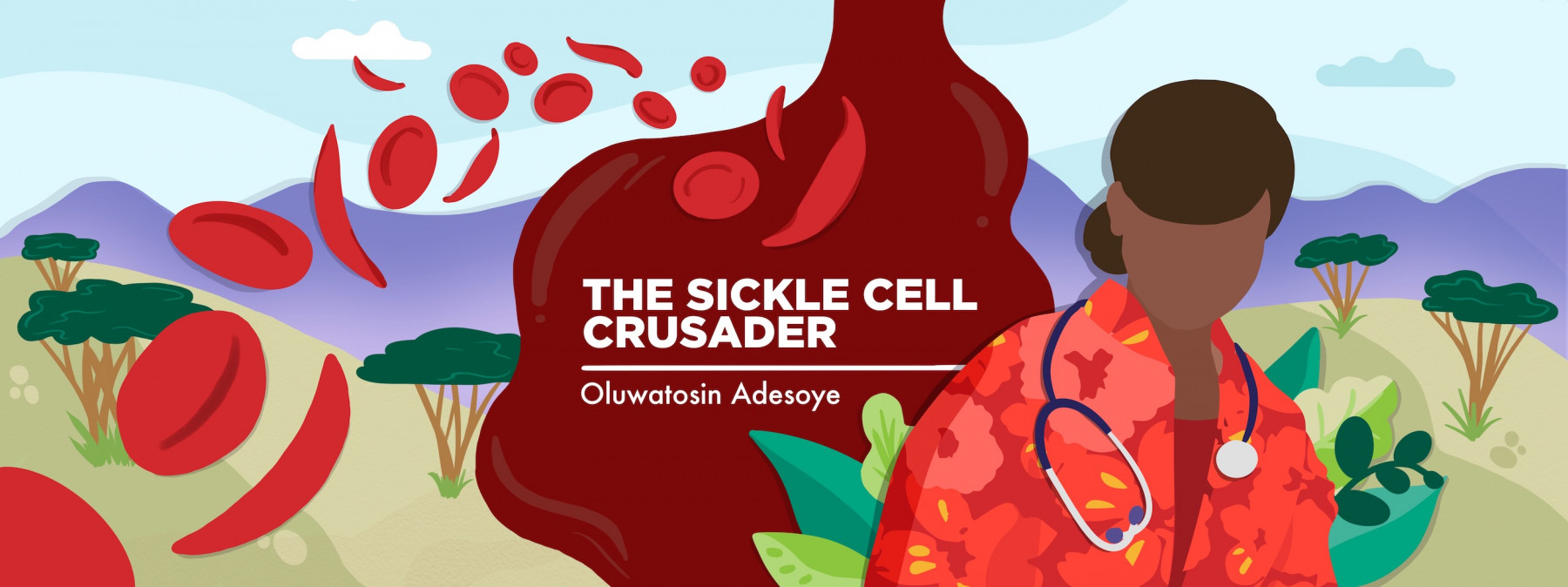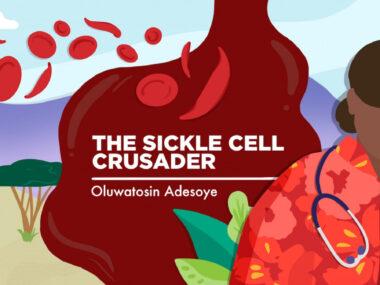Raising awareness about pica behavior in sickle cell disease
Vigilance and proactive management are crucial to avoiding complications
Written by |

Pica is a disorder characterized by a persistent craving and consumption of nonnutritive or nonfood substances, such as soap, tissue, chalk, ice, paper, sand, or charcoal. This behavior can be harmful and even poisonous, posing significant health risks.
According to an article published in 2020 in the journal JBI Evidence Synthesis, “Approximately one-third of patients with sickle cell disease will also develop pica behaviors.”
My personal experience with pica was something I kept private until I discovered this connection. Reflecting on my past, I recall an instance of consuming nonnutritive items. During my junior high school years, there was a time I found fun in eating chalk — a habit I only practiced at school when no one was looking. I stopped after engaging briefly because I feared getting in trouble with my mother and harming my health.
Through participating in support groups, I have come to realize that I am not alone; many people with sickle cell disease also engage in pica behaviors, or have done so at some point in their lives.
This phenomenon is particularly prevalent during childhood, making it essential for caregivers to be aware of this behavior. If left unchecked, pica can lead to food poisoning and exacerbate the already compromised health of sickle cell patients, emphasizing the need for vigilance and proactive management.
The connection to sickle cell
Different studies have shown that pica has a higher prevalence in sickle cell patients than in those without the condition. The cause of pica is unknown, but pregnancy, sickle cell anemia, iron deficiency anemia, magnesium deficiency, low socioeconomic status, some mental health disorders, and many more risk factors have been associated with the disorder.
It is essential to clarify a common misconception among sickle cell patients: the assumption that iron deficiency anemia is the sole cause of pica in sickle cell disease. While this type of anemia can be a risk factor for pica in some patients, it is not as prevalent as assumed.
Sickle cell patients are not automatically iron-deficient due to their chronic anemic state. The abnormal sickle-shaped red blood cells undergo frequent hemolysis, eventually releasing free iron into the system, making iron deficiency less common. It is why sickle cell patients, despite living with chronic anemia, are not routinely prescribed iron supplements.
Additionally, frequent blood transfusions, a treatment for anemia in sickle cell disease, can lead to iron overload, necessitating iron chelation therapy.
Pica behaviors in sickle cell patients cannot be solely attributed to iron deficiency anemia. Other factors, such as low hemoglobin levels, have been linked to pica in sickle cell disease. A 2001 article published in the Archives of Pediatrics and Adolescent Medicine found that pica in sickle cell disease was associated with lower hemoglobin levels, younger age, and lower body weight.
However, more research is needed to completely understand the connection between these conditions.
Complications
In addition to food poisoning, pica can lead to various other complications, including nutrient deficiencies and infections. These potential issues underscore the importance of vigilant monitoring by caregivers to prevent children from consuming nonnutritive items. Proactive self-management by adults can help them curb their own cravings for nonfood items and prioritize their health and well-being.
Fortunately, most people can overcome pica without treatment, achieving behavioral change through self-awareness and intentional habits like mine. However, in severe cases, professional intervention is necessary, and psychotherapy, such as behavioral therapy, can be beneficial in addressing underlying issues and promoting healthy behaviors. Moreover, proper monitoring and management of associated conditions, such as nutrient deficiencies and infection treatment, are crucial to preventing long-term harm and promoting optimal health outcomes.
Pica poses a common and potentially hazardous challenge for people living with sickle cell disease, especially during childhood and adolescence. Caregivers need to watch out for pica behaviors in patients to manage and avert severe complications. I expect further research on pica in sickle cell disease to better understand its specific link to the condition.
Note: Sickle Cell Disease News is strictly a news and information website about the disease. It does not provide medical advice, diagnosis, or treatment. This content is not intended to be a substitute for professional medical advice, diagnosis, or treatment. Always seek the advice of your physician or other qualified health provider with any questions you may have regarding a medical condition. Never disregard professional medical advice or delay in seeking it because of something you have read on this website. The opinions expressed in this column are not those of Sickle Cell Disease News or its parent company, Bionews, and are intended to spark discussion about issues pertaining to sickle cell disease.





Casilda Ruiz
Hola, muy interesante, cuando era niña comía tierra luego comía arroz crudo, todavia me gusta comerlo